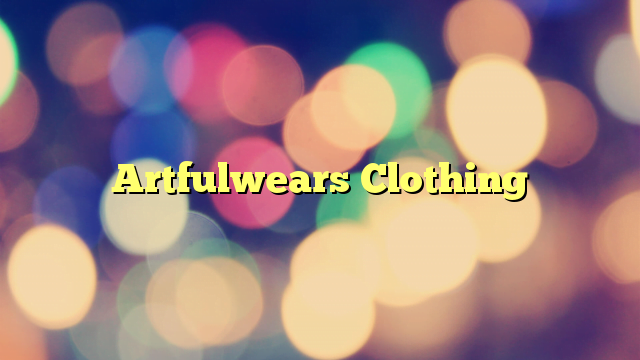Getting your Best Running Shoes
Getting your Best Running Shoes
Summary: Selecting a shoe is never a tough task as long as you know what shoe types are optimal for you.
Selecting a shoe is never a tough task, if the choosing would only include your favorite color with the fanciest design. But when you add factors like running requirements, existing problems and past experiences with other shoes, plus the price you’re willing to shell out, you will begin to understand how complicated the intricacies would be.
To make this process simple, an outline of needs versus availability should be drawn clearly. Ok, let us start.
Past shoe experience
Your past experiences with other shoes build a solid preference: a certain brand following, sole type, and even color.
Biomechanical aspect
You should also address the current status of your biomechanical needs which is the gait. Podiatrists have categorized three general types of gait: the normal gait, the flat footed gait, and the high-arched gait. To identify properly what type of gait you have, a simple test is needed, and I call it the Footprint Test. Wet your feet and walk on a dry surface. Now study your footprint. A normal gait should have a well defined heel and a bridge connecting to the metatarsus. The normal arch would define a broad band bridge from the heel to the metatarsus. The flatfooted gait has an overly defined heel, a thick bridge (sometimes the whole instep is defined) and the metatarsus. The footprint would look as if the entire sole of the foot came in contact with the ground surface. The high-arched gait is the opposite; it has little or no bridge connecting the heel and metatarsus.
Pronation often happens with the flatfooted and the high arched gait. Pronations is the roll in or roll out, where the heel hits the ground then the foot rolls inward or outward as the toe descends. Normally, pronation and supination occurs even in normal gait, especially if you change direction. But having too much pronation or supination can interfere with running and with an inappropriate shoe this can have a considerable physical effect. So the best running shoe for this condition is a motion control shoe.
On high arched gait, since a lesser foot sole presses the ground, the effect would be higher pressure (weight) on a small area (foot sole). The feet could be severely injured over time. The best running shoe to match this condition would be shoes providing lots of cushioning. And since high arch gaits also tend to pronate, especially outwards, it is best to get a shoe that offers mild motion control. Avoid getting strong motion control shoes since the best shoes for this type are those not extremely controlling.
By large, knowing your gait and how it falls into these three categories should help you choose the best running shoes. If your gait falls in between, then balance a fair amount of control and mild shock absorption.
If you have problems identifying your gait, then take with you your most worn shoe (and some face mask) to a shoe specialty store. The shoe specialist can identify the type of gait you have and can recommend the best running shoes for you (and a couple of Fissans if you really did bring a face mask).
Running requirements
Track shoes carry more shock absorption capabilities to better protect the feet from the constant pounding on a hard surface. On the other hand, trail running shoes are designed to afford more traction on uneven and unpredictable terrain. These two types of shoes are significantly different from each other.
And if you are also a regular runner that runs on high mileage, the best running shoes for you should have outstanding support and cushion and tough enough to last longer.


